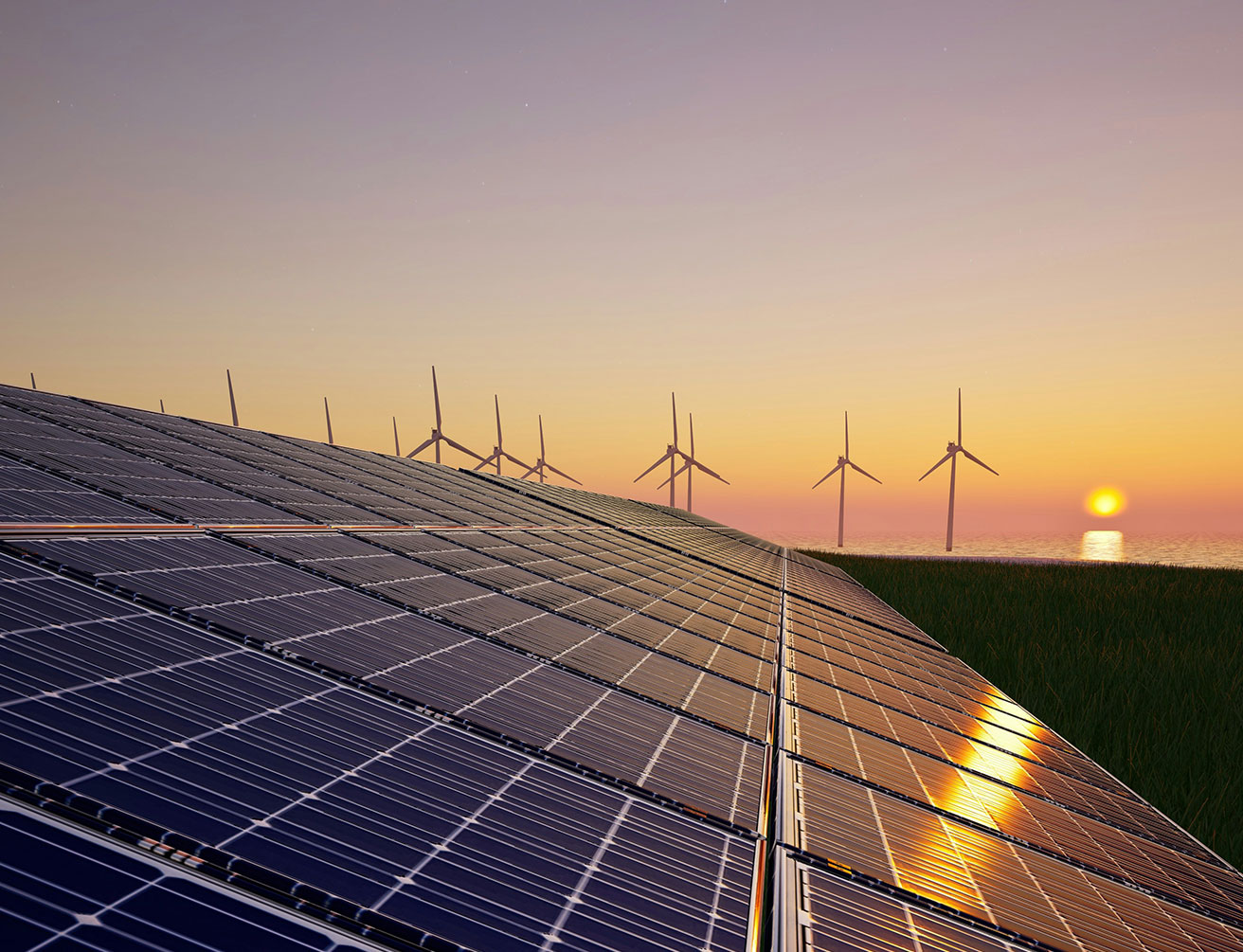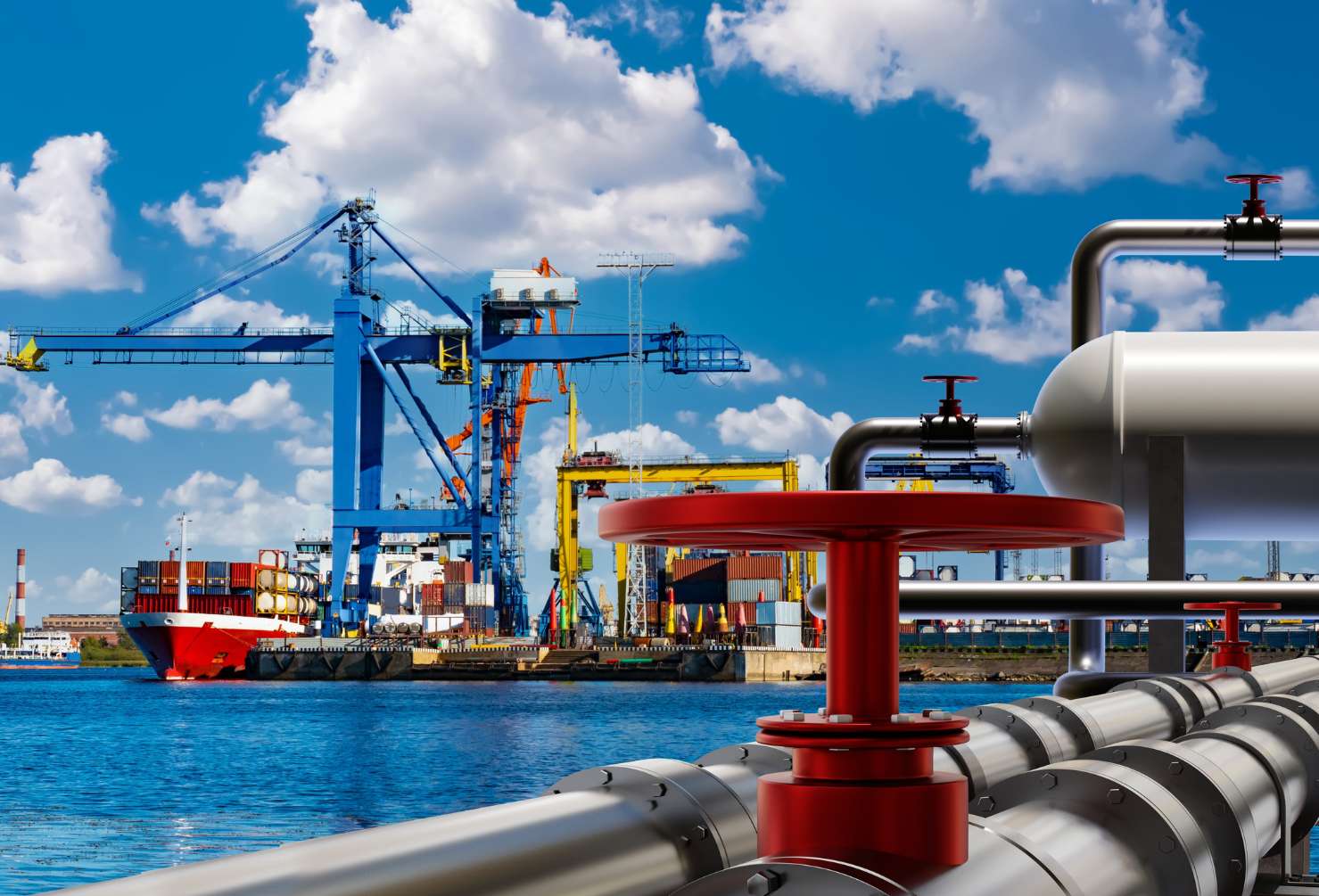
Australia, renowned for its vast natural resources, has long depended on conventional oil and gas to fuel its economy. However, the landscape of the energy sector is undergoing a significant transformation. With a pressing need to address climate change and enhance energy security, Australia is pivoting towards renewable energy sources, with offshore wind energy at the forefront of this shift.
The Decline of Conventional Oil & Gas
The reliance on oil and gas has been a cornerstone of Australia’s energy policy for decades. These conventional sources have driven industrial growth and supported millions of jobs. However, the environmental toll and the finite nature of fossil fuels have become increasingly apparent. As global markets move towards decarbonisation, Australia faces the dual challenge of reducing greenhouse gas emissions while ensuring a stable and secure energy supply.
Rise of Offshore Wind Energy
Offshore wind energy represents a promising and powerful alternative. Unlike onshore wind farms, offshore wind projects can leverage stronger and more consistent wind patterns found at sea, leading to higher energy output. This potential is now being harnessed through significant policy and investment shifts.
Gippsland Coast Leading the Charge
Victoria’s Gippsland coast has emerged as a key player in this renewable energy revolution. Recently, the Australian government issued 12 new feasibility licenses for offshore wind projects in this region. These licenses mark a crucial step towards tapping into the immense wind resources available off the southern coast. The projects are expected to generate substantial clean energy, reduce carbon emissions, and create new economic opportunities in the region.
The Gippsland coast’s transition to offshore wind is a testament to the strategic importance of diversifying Australia’s energy portfolio. By investing in these projects, Australia aims to build a robust renewable energy sector that complements existing energy sources and supports the country’s climate goals.
Expanding Horizons: Hunter Coast and Beyond
The momentum is not confined to Victoria. New South Wales (NSW) is also exploring the potential of offshore wind energy, particularly off the Hunter coast. The region’s proximity to existing infrastructure and its strong wind patterns make it an attractive location for new wind projects. These initiatives align with NSW’s broader energy strategy, which emphasises reducing emissions and increasing the share of renewables in the energy mix.
Furthermore, other parts of Australia are considering similar ventures. The expansion of offshore wind projects across different states highlights a national commitment to renewable energy. This diversification is critical for ensuring energy security and mitigating the risks associated with over-reliance on any single energy source.
Economic and Environmental Benefits
The shift to offshore wind energy brings several advantages. Economically, these projects are set to create jobs, stimulate investment, and drive innovation in the renewable energy sector. The construction, operation, and maintenance of wind farms will generate employment opportunities and support local businesses, contributing to regional development.
Environmentally, offshore wind energy significantly reduces greenhouse gas emissions. By displacing fossil fuel-based power generation, wind energy helps combat climate change and reduces air pollution. This transition aligns with Australia’s international commitments to reducing carbon emissions and promoting sustainable development.
Overcoming Challenges
While the prospects are promising, the transition to offshore wind energy is not without challenges. The development of offshore wind farms requires substantial investment, advanced technology, and rigorous environmental assessments. Additionally, integrating large-scale renewable energy projects into the existing grid infrastructure poses technical and regulatory hurdles.
However, with robust government support, favorable policies, and ongoing advancements in technology, these challenges can be overcome. Australia’s experience in managing large-scale energy projects positions it well to navigate the complexities of offshore wind development.
—
Australia’s energy sector is at a pivotal juncture. The move from conventional oil and gas to renewable sources like offshore wind energy represents a transformative shift with far-reaching implications. The issuance of feasibility licenses for the Gippsland coast and the exploration of new projects off the Hunter coast signify a strong commitment to a sustainable energy future.
By embracing offshore wind energy, Australia is not only addressing environmental concerns but also paving the way for economic growth and energy security. This transition underscores the nation’s resilience and adaptability in the face of global energy challenges, positioning Australia as a leader in the renewable energy revolution.
As these projects progress, the world will be watching Australia’s journey towards a cleaner, greener, and more sustainable energy landscape.





